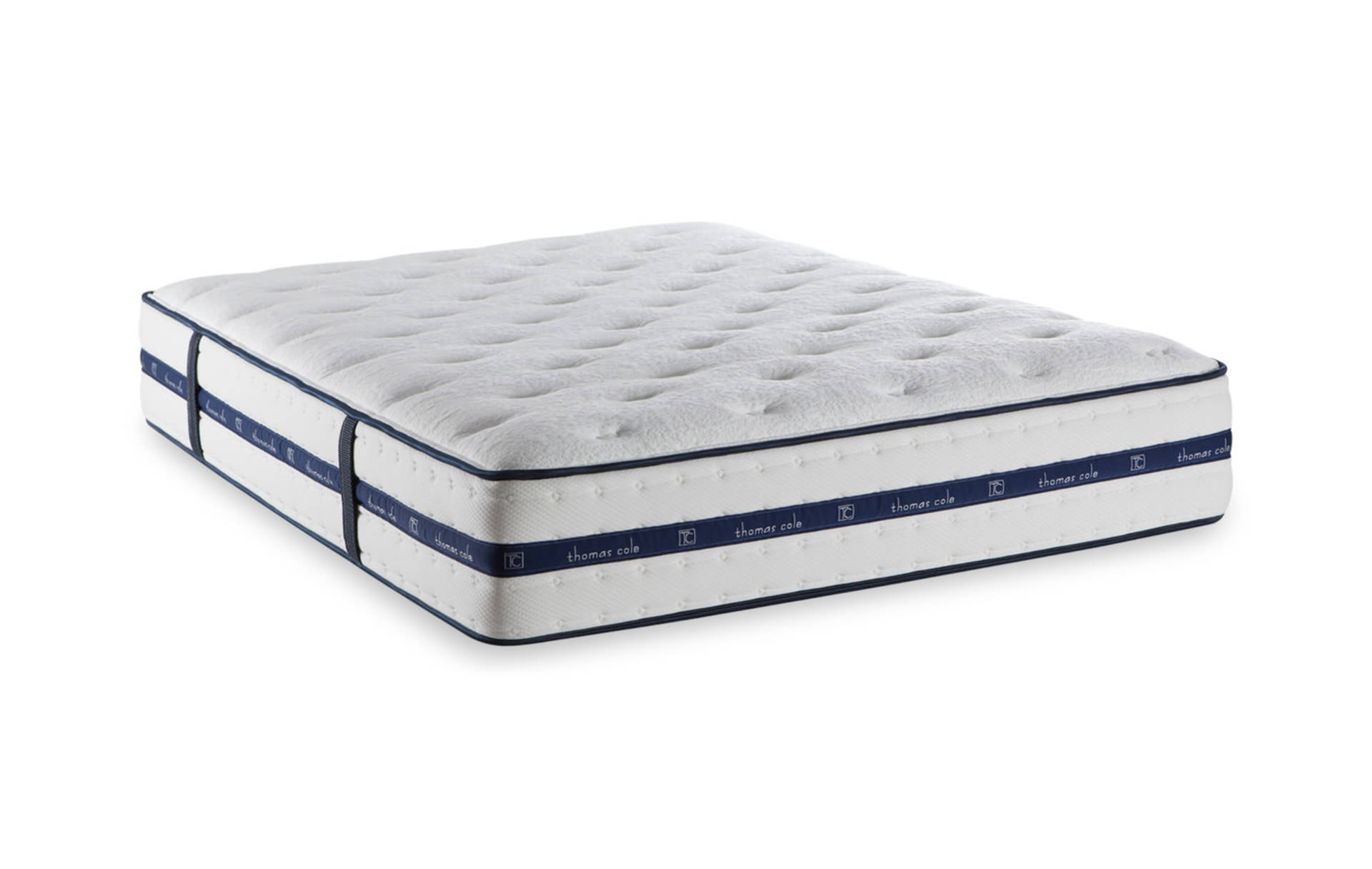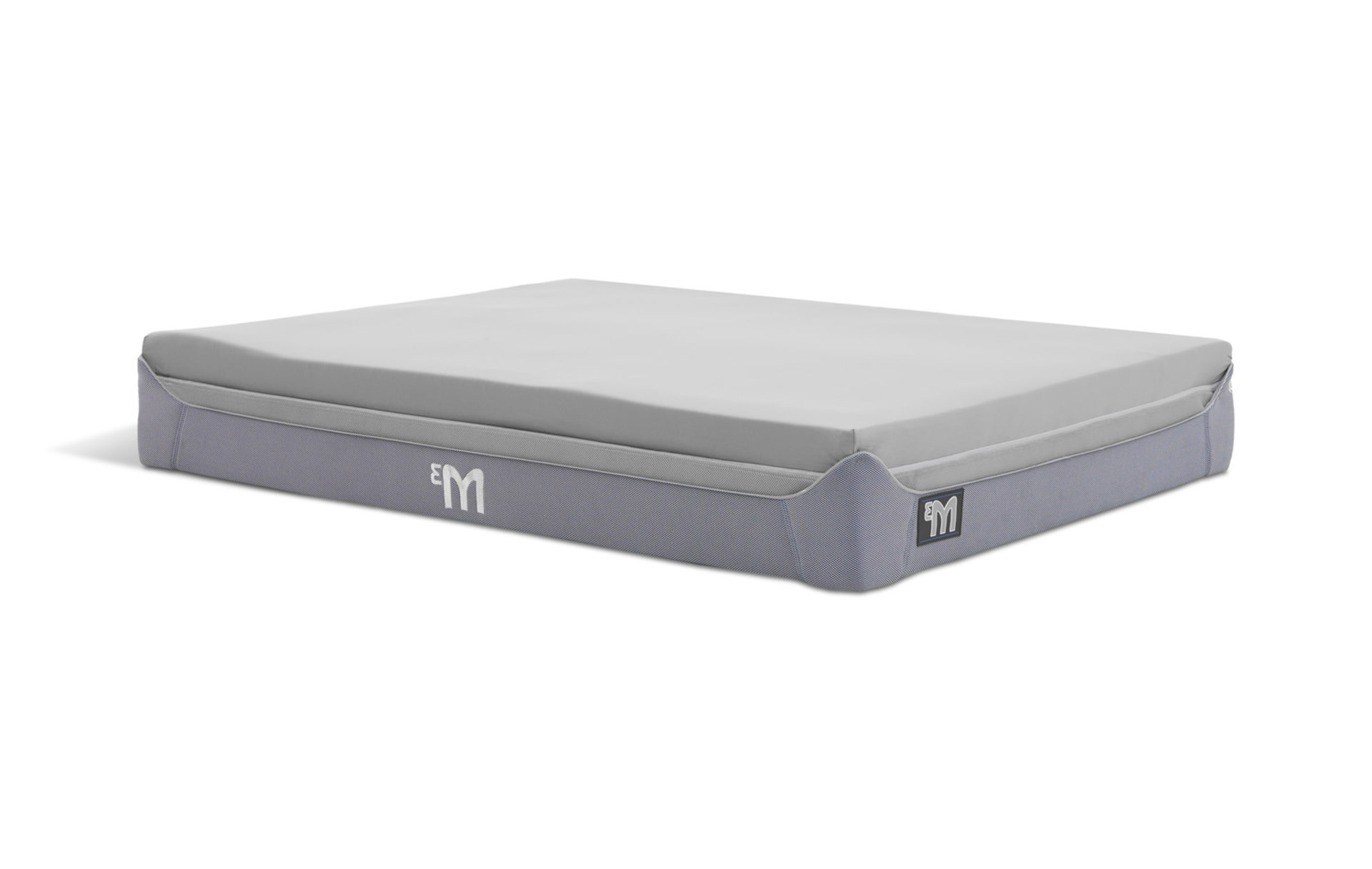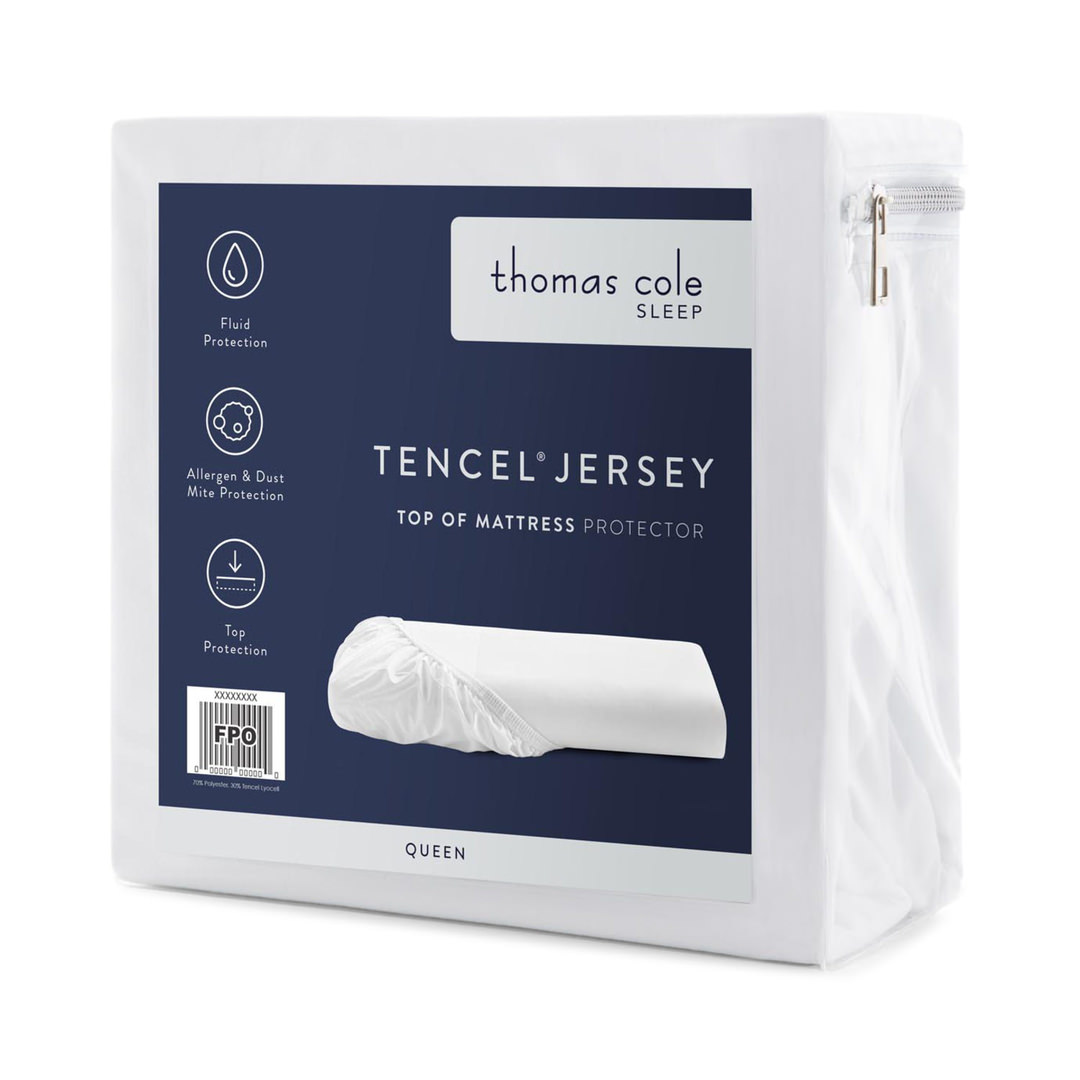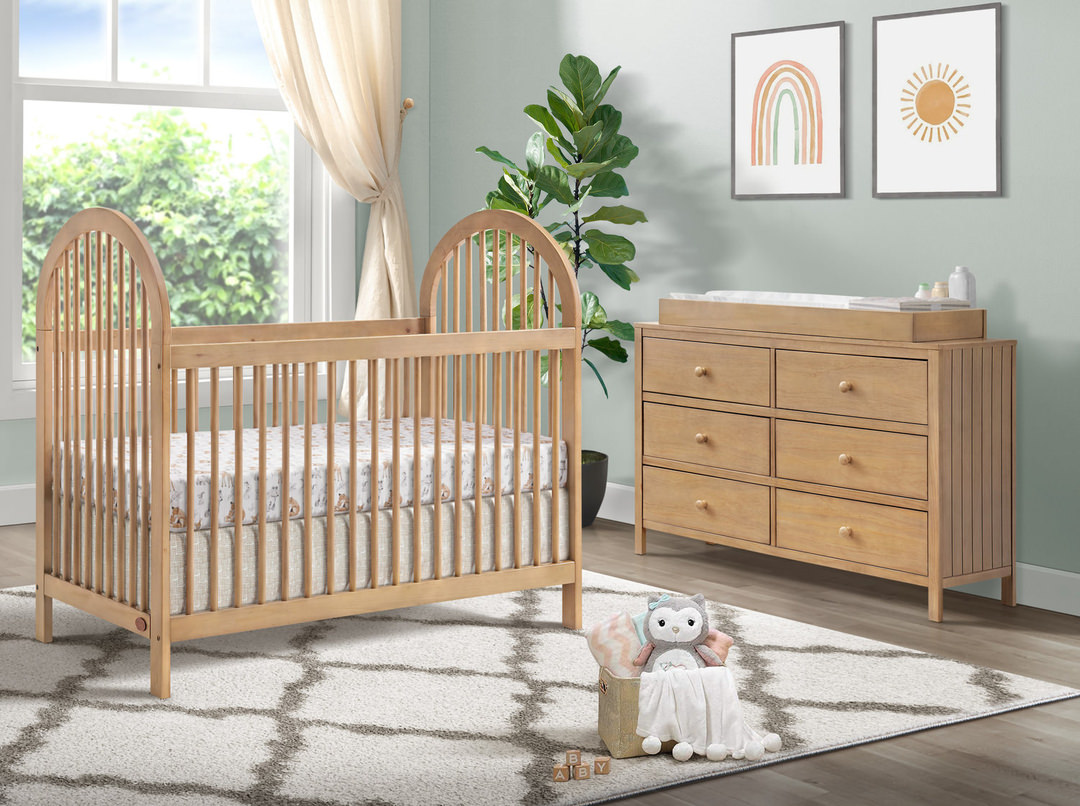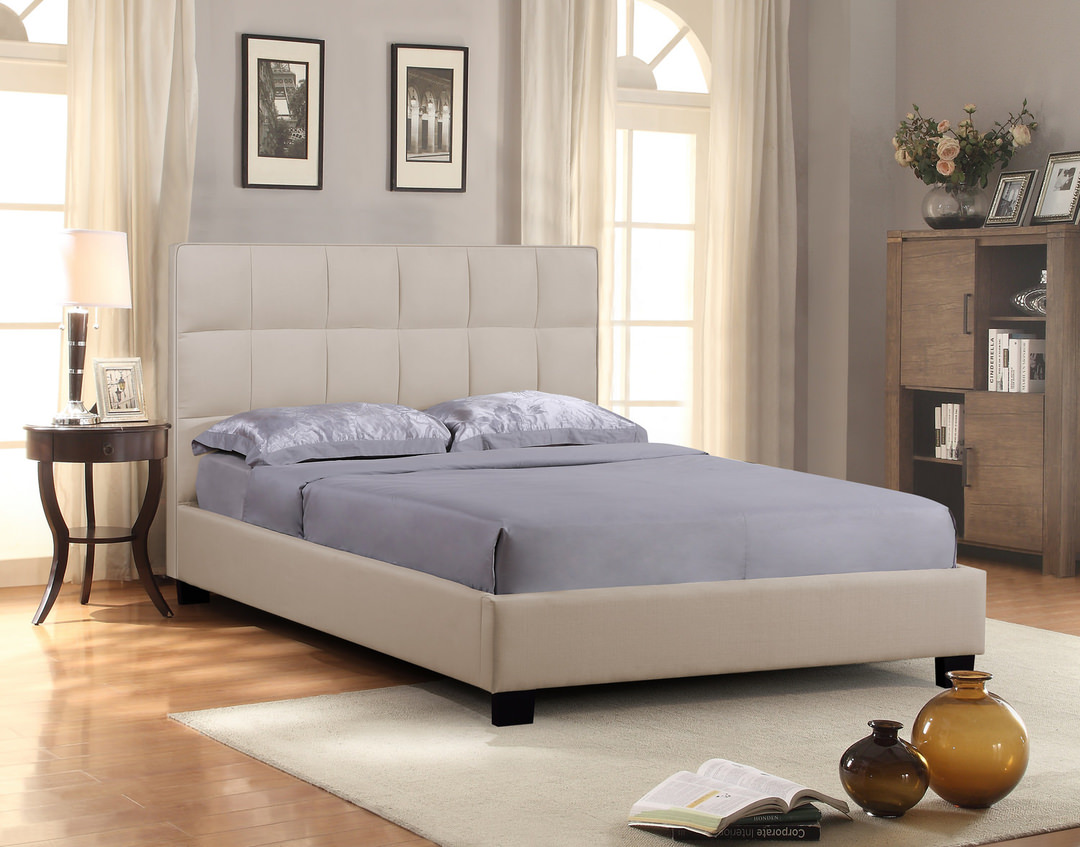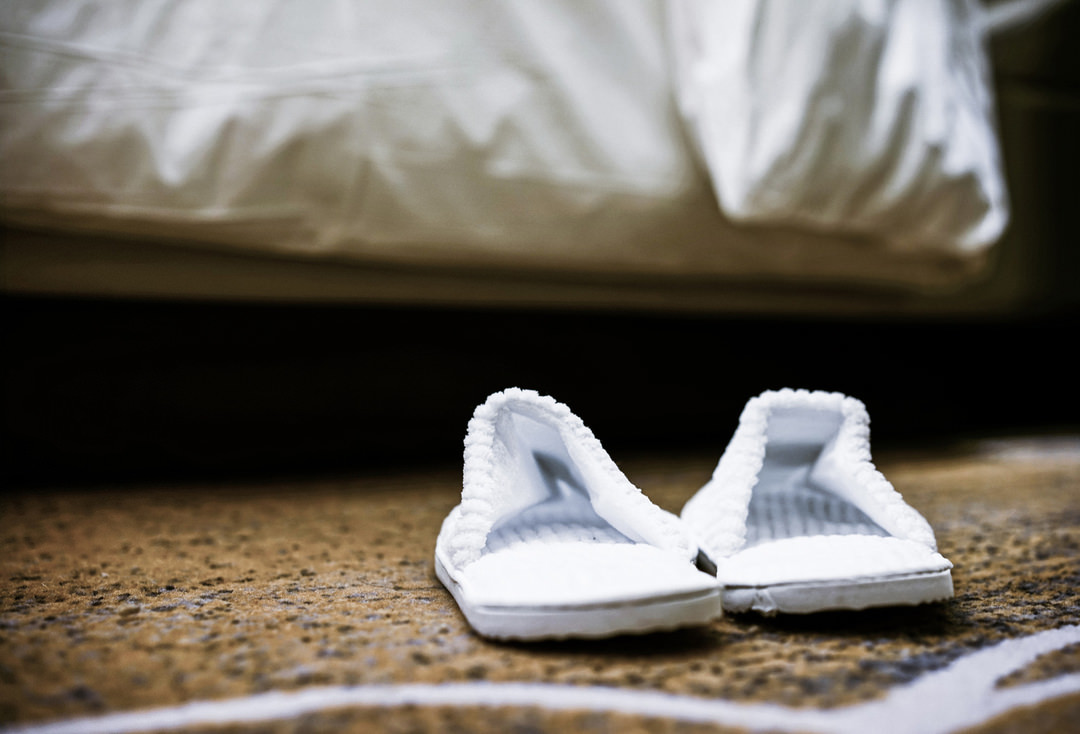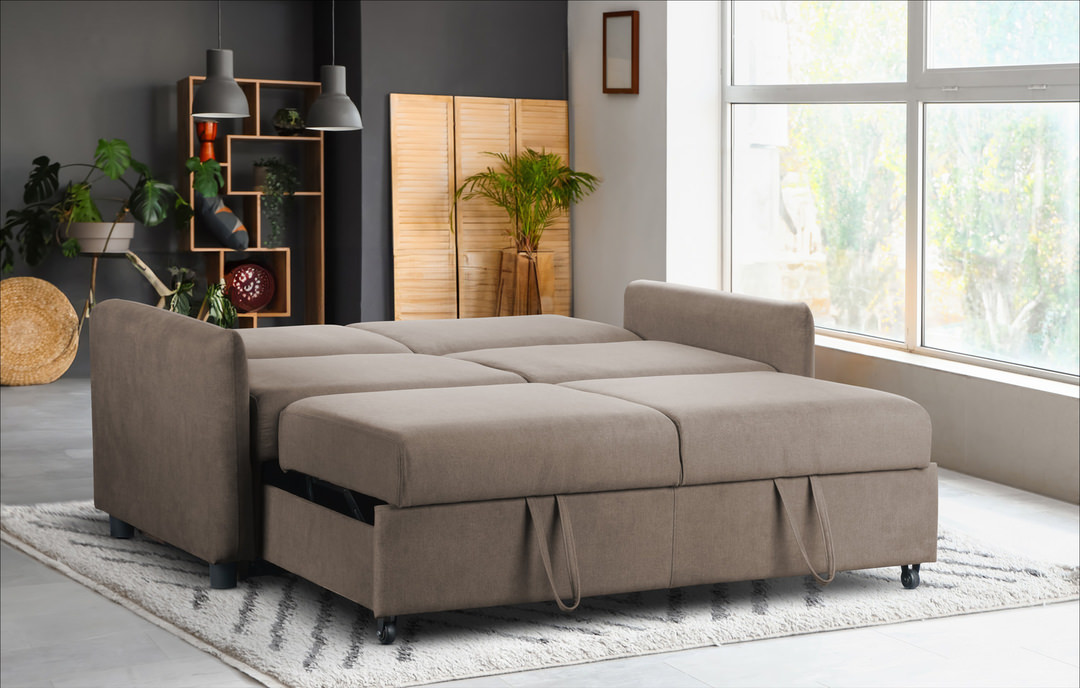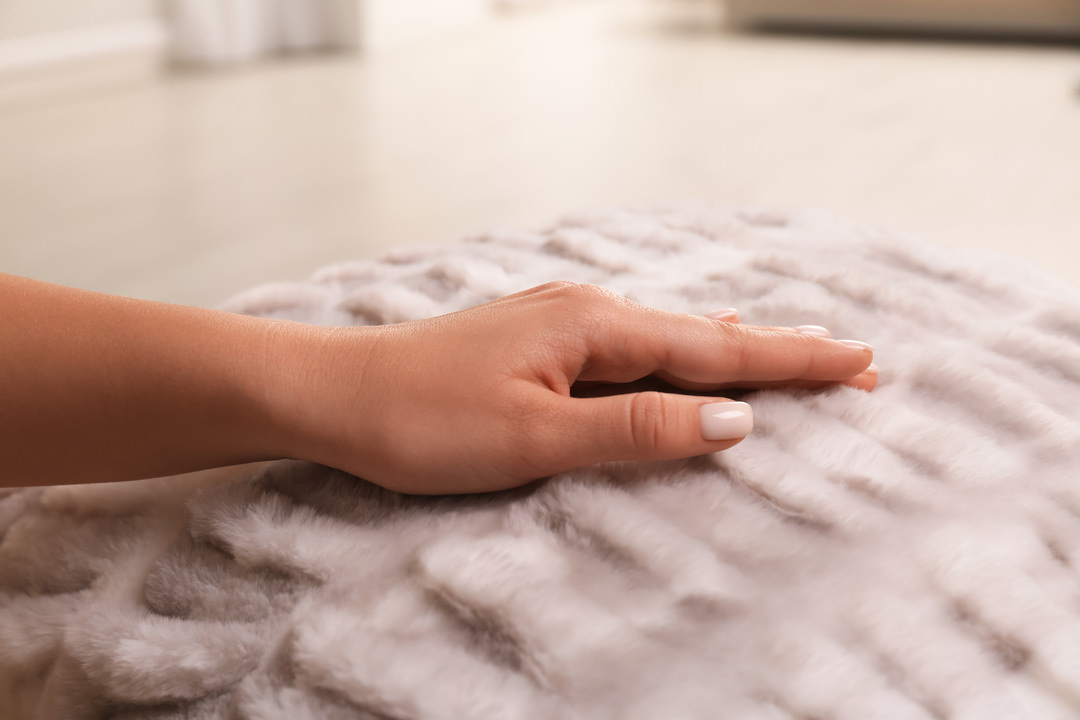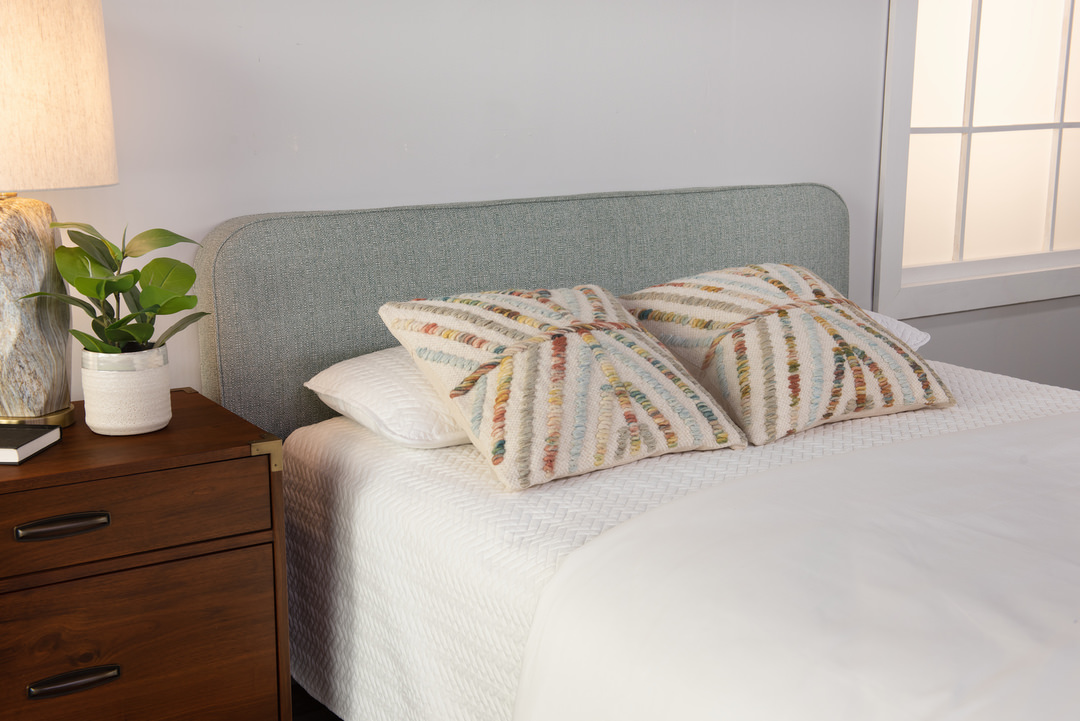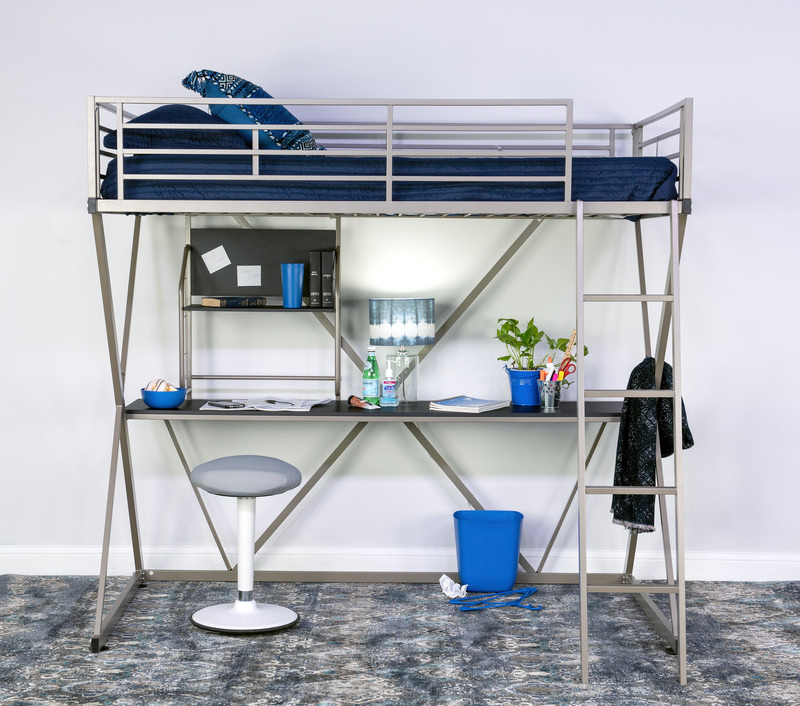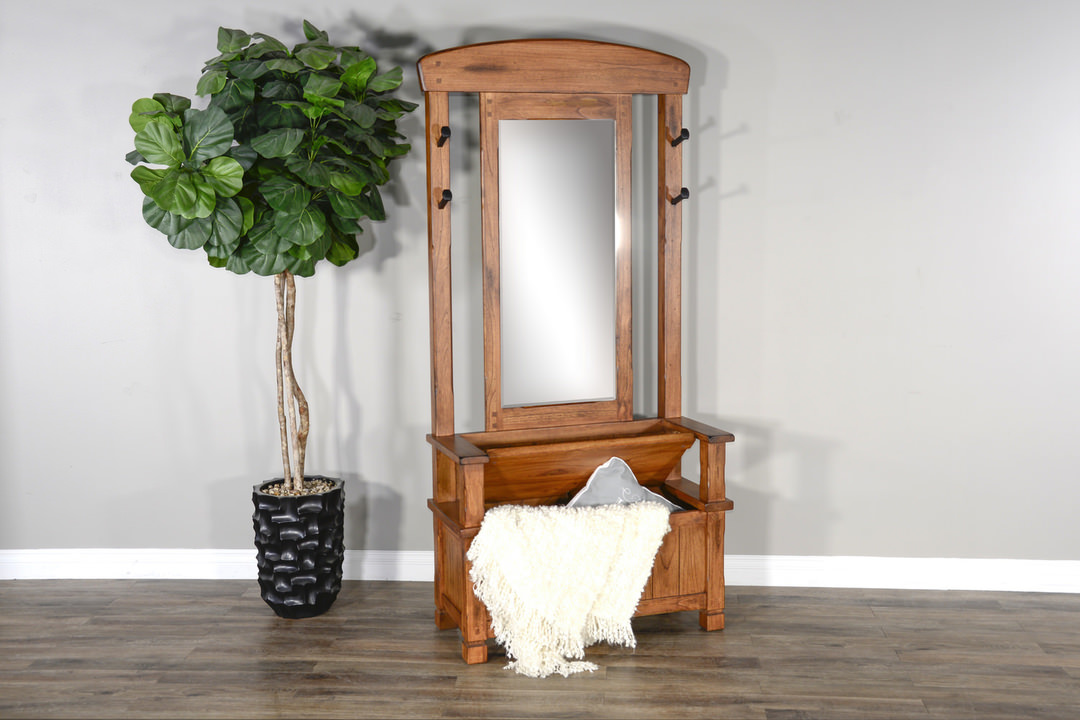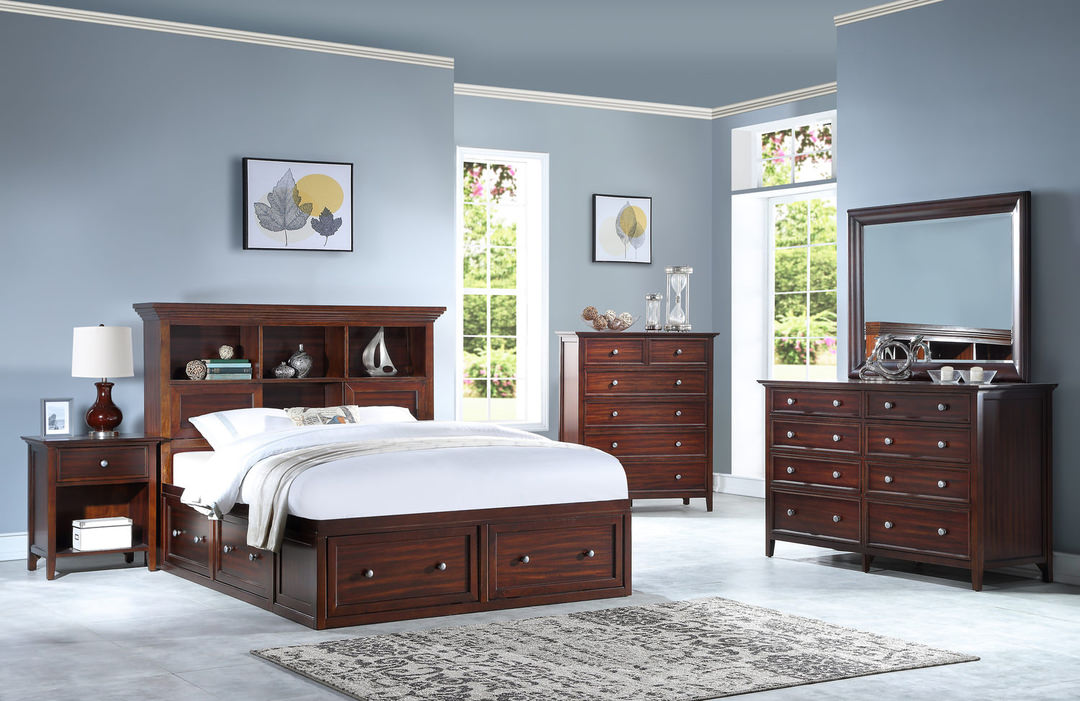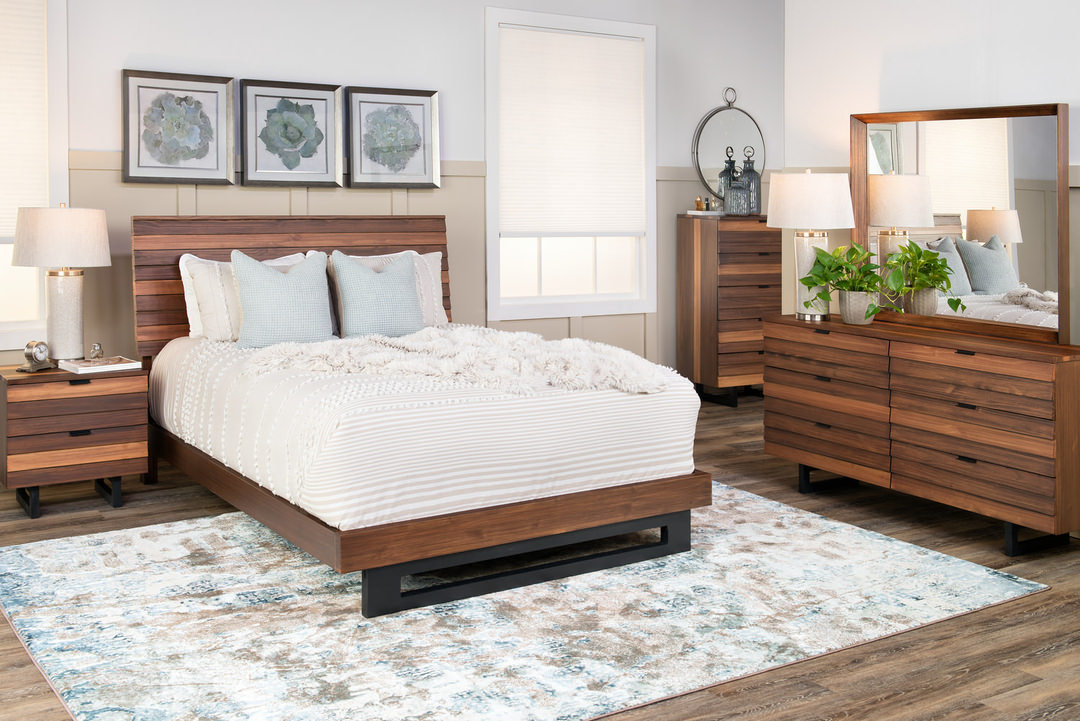Get the Most out of your Mattress
Learn how long mattresses last and how you can get the longest lifespan from yours.

When you bought the mattress that you’re now sleeping on, you wanted it to last forever. Of course, you know it won’t. Here are some guidelines about how many years a mattress can give you, along with some tips on getting as much life out of it as possible.
How long should a mattress last?
You may have heard the rule of thumb that a high-quality mattress lifespan is seven to ten years. That’s a reasonable rough estimate, although one might go as little as five years or as long as twelve. It depends on how good the mattress was to begin with and how well it’s been treated. Usage is important too. If it sits in an occasionally used guest room, its life could be even longer.
What type of mattresses last the longest?
In general, mattresses containing latex last longest, coil spring units have the shortest life and memory foam is somewhere in between. However, there are so many exceptions that it’s tough to definitively state that one material or the other will give you the most life. There are high end innerspring mattresses that, if properly cared for, will stack up favorably against any other type. Also, hybrids consisting or more than one material are becoming increasingly common.
How long does a latex mattress last?
Mattresses containing latex are the champions of longevity and are typically good for 8-12 years. 100 percent natural latex is the most durable, followed by latex blends and hybrids. Latex resists “dents” and impressions better than any other mattress material.
How long does a memory foam mattress last?
The life expectancy of memory foam mattresses varies. Most fall in the 7-10 years range, and more in some cases depending largely on how dense they are. High density foam mattresses are likely to get you that full 10 years and maybe some extra, while it might be more like eight years for medium density and as little as five for low density foam.
How long does a coil mattress last?
Traditional innerspring mattresses will typically provide 5-8 years of comfortable support. A well cared for coil mattress can be an excellent value. There are luxury coil mattresses that will go 10 years or so and hold up in longevity to anything memory foam has to offer.
What is a modular mattress?
Mattress manufacturers are always innovating to give you more comfort and a longer product life, and a recent idea is the modular mattress. It consists of several layers, either enclosed in a zippered cover or stacked inside a box or chassis. If one layer starts to soften or sag, you can replace just that layer rather than the entire mattress.
Furthermore, you can custom-build your mattresses with layers of foam and/or coils to get the level of firmness you want. Some king and queen models allow separate layers on each side. If you’re not happy with the feel of your bed you can change it simply by switching up some mattress layers.
How do I know if my mattress is worn out?
If you’re no longer waking up refreshed in the morning or if you have trouble getting to sleep, the fault may lie in your mattress. A sore back or aching joints are other signs that new mattress time might be getting near. If this is case, inspect your mattress, particularly if its age is getting toward the top end of the above guidelines.
Does the mattress sag? Are there body impressions? Is it lower in some spots than others? Does it squeak or creak? If so, put a mattress-shopping date on your calendar.
Also, do you have allergies that are acting up? These can be caused by mites, dust, mold and mildew, and these problems are more likely if the mattresses hasn’t been cleaned regularly.
How can I extend the life of my mattress?
- Have a solid foundation. This is especially true for a foam or mattress containing latex where you don’t have box springs. The base needs to be the right size and proper type so the mattress isn’t misaligned. Use a center support for queens and kings.
- Always use a mattress protector. It’s the best way to safeguard not only against allergens but also your own skin oils. Replace it every year or two.
- Keep things clean. Wash your linens every week or two and your protector every couple months. Vacuum monthly to prevent dust buildup. If the mattress gets dirty or stained, clean it with only a little soap and water. Don’t soak it. Let it dry before you put the cover back on. If there’s an odor it’s OK to use a little baking soda; let it sit 20 minutes then vacuum it. If you can, every two months or so uncover the mattress and move it to a spot where it can bask in sunshine.
- Avoid abuse. Don’t sit every morning on the same spot at the edge. Be cautious about eating in bed. You may love your animals, but your mattress will love you if you keep them off.
- Rotate it every two to six months. Rotate box springs less often. Most of today’s mattresses don’t need to be flipped, but some models do. When in doubt, follow the manufacturer’s instructions.
Your mattress won’t last forever, but with proper care you can have a lot of happy years together.
